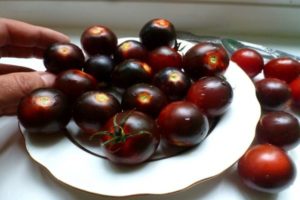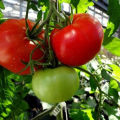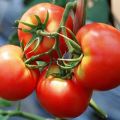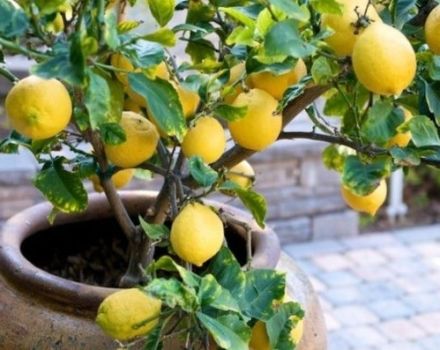Description and characteristics of the Volgogradsky 5/95 tomato variety, its yield
Volgograd tomato is the most popular variety among novice gardeners. Tomatoes of this variety are undemanding to care for and have excellent taste. The yield is pretty decent. The variety was bred by breeders of Russia back in the 70s of the last century, but it is still planted on personal plots.
Brief description of the variety
Several species of the Volgogradsky variety have been bred: Volgogradsky 323, Volgogradsky 5/95, Volgogradsky pink. All are very productive, but there are some differences in the characteristics.
Volgograd tomatoes are quite resistant to diseases typical of tomatoes. The plant has compact bushes, about 70 cm high. Sometimes bushes can grow up to 1 meter. After the fifth or sixth leaf, the first ovary is laid.
According to the description and photo of the Volgograd 5/95 tomato, it can be seen that the fruits have a flat-round shape, with a slightly pronounced ribbing. When ripe, tomatoes acquire a scarlet hue. On average, the mass of fruits can be 90 - 150 g. Tomatoes are well transported. This variety is determinant. Plants are unpretentious when growing. The bushes are quite resistant to diseases that tomatoes are prone to.
Advantages
Gardeners are happy to grow the Volgogradskiy 5/95 tomato variety. The positive characteristics are as follows:
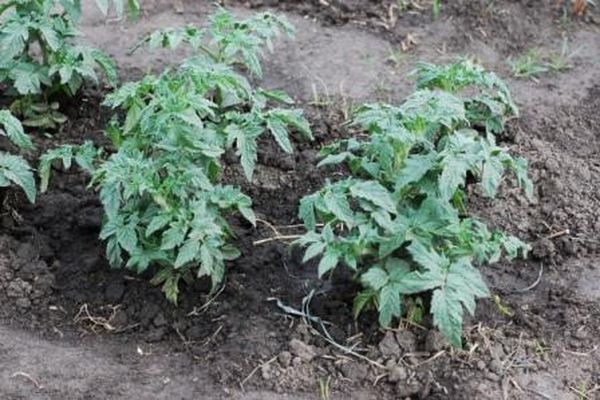
- when grown in open ground or in a greenhouse, tomatoes of this variety tolerate temperature fluctuations well;
- the small foliage of the stems allows the sun's rays to freely flow to the fruits;
- practically regardless of leaving, Volgogradsky 595 tomatoes have good yields and almost simultaneous ripening of fruits;
- fruits are well transported;
The positive characteristic is the way they are used. Tomatoes are suitable for making salads from fresh vegetables, suitable for canning and other processing.
Growing
Tomatoes are easily adaptable in greenhouse conditions and when grown in open-air beds. The variety requires minimal maintenance at almost all stages of the growing season. The most optimal planting of a tomato bush in the beds where the following crops previously grew:

- zucchini;
- carrot;
- cauliflower;
- cucumbers;
- broccoli;
- parsley;
- dill;
- beans.
The beds have been prepared since autumn. During digging, humus is added (about 1 bucket per square meter) and mineral fertilizers. In early spring, after loosening the soil, the beds are fertilized with ammonium nitrate. Planting tomato seedlings is carried out when the plant is not more than 15 - 17 cm in height, has 9 - 10 leaves.
Planting is carried out after the soil warms up to at least +14 degrees, when the threat of frost return has passed.
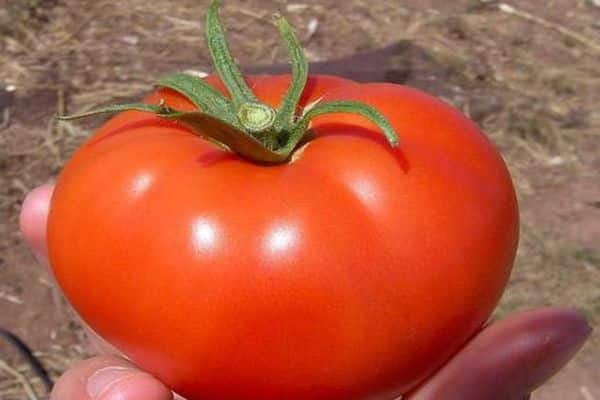
Caring for planted tomato seedlings is as follows:
- watering is carried out in the evening, only with heated water;
- excess moisture is dangerous for plants, as well as its lack;
- between waterings, it is recommended to carry out shallow loosening of the topsoil to improve air permeability;
- pinching is carried out to form a bush;
- it is necessary to feed the seedlings twice with complex fertilizers or mullein.
The soil near the plants should be cleared of growing weeds. Preventive measures are periodically carried out to prevent infestation by insect pests.
Vegetable growers' comments on Volgogradsky 5/95 tomatoes are only positive. Their unpretentiousness to growing conditions and good yields make this tomato variety the most popular among others. It is grown both for its own use and for the purpose of sale. Gardeners, who have been growing this variety for many years, are advised to remove stepchildren in a timely manner in order to get maximum yield.
